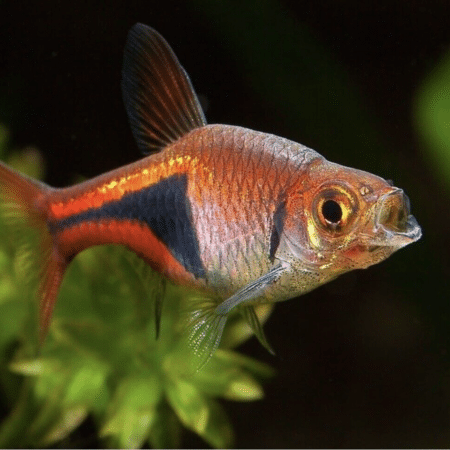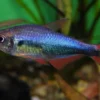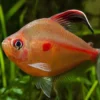To provide the best experiences, we use technologies like cookies to store and/or access device information. Consenting to these technologies will allow us to process data such as browsing behaviour or unique IDs on this site. Not consenting or withdrawing consent, may adversely affect certain features and functions.
The technical storage or access is strictly necessary for the legitimate purpose of enabling the use of a specific service explicitly requested by the subscriber or user, or for the sole purpose of carrying out the transmission of a communication over an electronic communications network.
The technical storage or access is necessary for the legitimate purpose of storing preferences that are not requested by the subscriber or user.
The technical storage or access that is used exclusively for statistical purposes.
The technical storage or access that is used exclusively for anonymous statistical purposes. Without a subpoena, voluntary compliance on the part of your Internet Service Provider, or additional records from a third party, information stored or retrieved for this purpose alone cannot usually be used to identify you.
The technical storage or access is required to create user profiles to send advertising, or to track the user on a website or across several websites for similar marketing purposes.


















Emily Carter (verified owner) –
I recently added 6 of the Hyphessobrycon flammeus orange Flame Tetras to my well-planted tank, and I couldn’t be happier! After just two weeks, they have truly brightened up my aquarium with their vibrant orange hues. These little guys are not only stunning to look at, but they also have such a lively temperament! Watching them school together is a joy, and they’ve quickly become the centerpiece of my tank. I love that they thrive in well-planted environments, which I have worked hard to create.
Compared to other tetra species I’ve kept, these Flame Tetras are much more active, making them a delight to observe. I appreciate that they are relatively easy to care for, as long as you maintain good water conditions. The only downside I’ve noticed is that they can be a bit shy when first introduced, so giving them some time to acclimate is essential.
If you’re looking for vibrant freshwater fish to enhance your aquarium, I highly recommend these Flame Tetras. They’re perfect for both beginners and seasoned hobbyists alike. Trust me; you won’t regret adding these beauties to your tropical fish collection!
Emily Carter (verified owner) –
I am absolutely thrilled with my purchase of the 6 Flame Tetras! These vibrant little fish have transformed my well-planted tank into a lively underwater paradise. After introducing them about two weeks ago, they quickly settled in and have become the perfect schooling fish. Their bright orange hues provide a stunning contrast against my lush green plants, making every glance at the tank a joy.
I’ve kept a few other freshwater fish in the past, but I must say, the Flame Tetras are incredibly social and bring a unique energy to the community. They swim playfully together, darting in and out of the foliage, which has been delightful to watch.
Shipping was prompt and they arrived healthy, which is crucial for me as I genuinely care about fish welfare. One minor consideration is that they can be a bit shy initially, so providing plenty of hiding spots is essential for their comfort.
I highly recommend these Tetras for anyone looking to add vibrant color and dynamic movement to their aquarium. Perfect for both seasoned aquarists and beginners alike, they truly enhance the beauty of any tank!